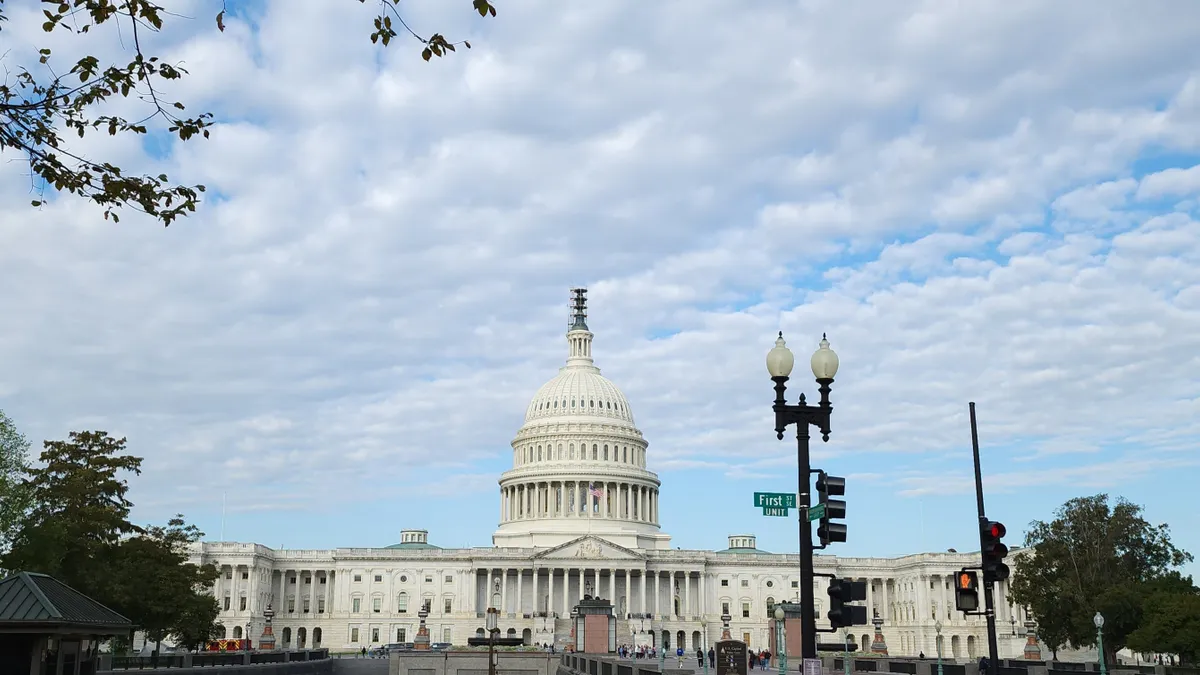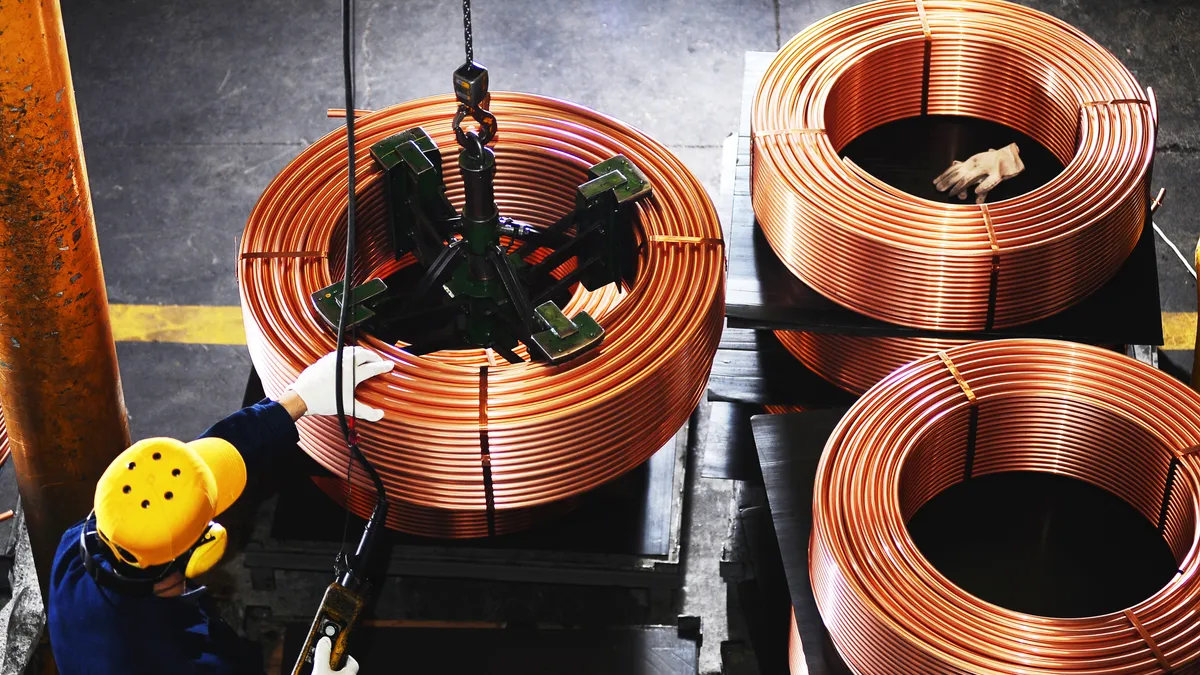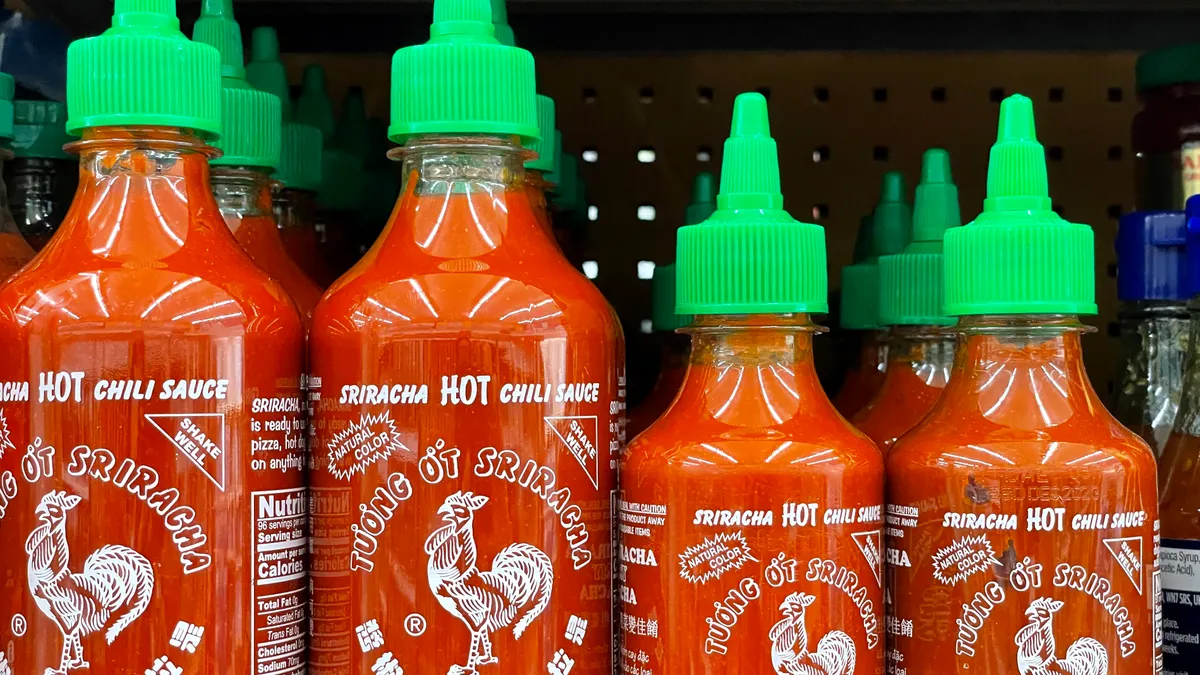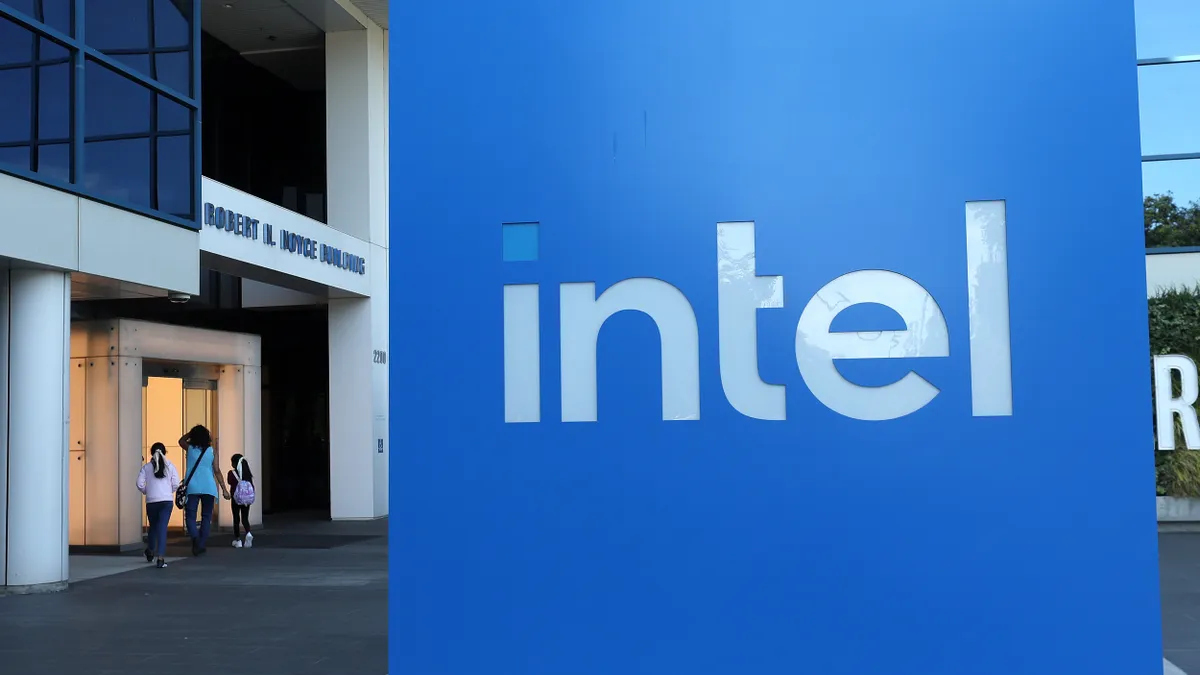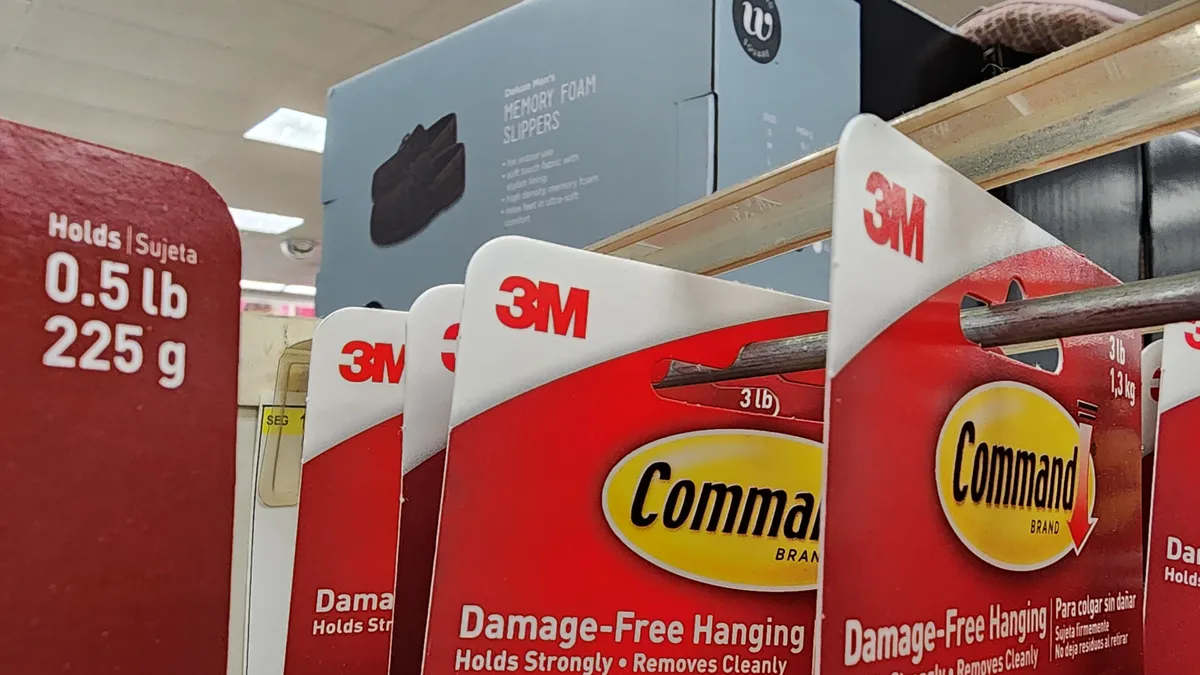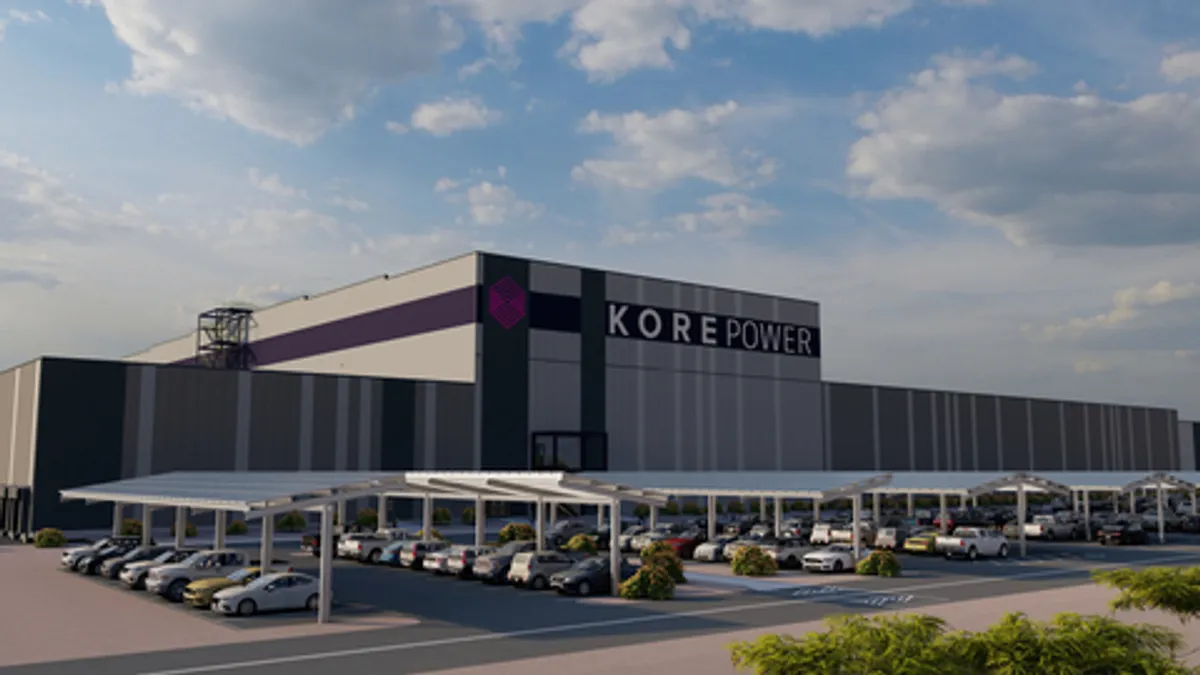The start of a new year brings some of the manufacturing industry's biggest players back to Washington, D.C., in hopes of swaying politicians and the administration in favor of the causes, policies and regulations near and dear to their work.
This year, a looming presidential election brings these issues into more urgent light, as lobbying teams and industry associations vie for their regulatory concerns and policies of interest to get in front of candidates. In particular, several groups told Manufacturing Dive funding, oversight and federal goals for clean energy transitions are affecting their industries.
Read on for the issues that are top of mind for three major manufacturing industry groups.
Federal funding remains in flux
Earlier this month, Senate Majority Leader Chuck Schumer and House Speaker Mike Johnson announced they had reached an appropriations deal to fund the government with $1.66 trillion for fiscal year 2024.
The budget includes funds for the National Institutes of Standards and Technology’s Manufacturing USA program, which organizes public and private partnerships in technology, supply chain and workforce development.
The bill contains over $886 billion in defense spending, most of which comes from the Fiscal Year 2024 National Defense Authorization Act, which President Joe Biden signed into law in December.
“The budget is going to be a major talking point for all parties involved,” Remy Nathan, SVP for policy of the Aerospace Industries Association. "It's important to appreciate how much the continuing global leadership of the U.S. aerospace and defense industry is predicated on sustained and predictable spending by the government."
The FY2024 NDAA funds will go toward modernizing the Defense Department’s weapon technologies and transportation over land, air and sea. It will also fund technological innovation, such as developing fuel cell EVs and additive manufacturing for aerospace parts.
“Innovation and environment that fosters technological advancement, that supports a STEM-driven, STEM-focused workforce,” Nathan said. “The U.S. figured out really well over the years that we have to keep paying attention to it, keep upgrading.”
However, the appropriations bill is now back in the House and will still need to be voted on before Biden can sign it into law. In the meantime, Congress once again extended a short-term bill on Jan. 19 to fund the government until March 1 and March 8. The defense manufacturing money provided by the appropriations bill is important to the aerospace and defense industry’s ability to continue to grow its innovation and workforce, Nathan said.
“At the end of the day, this is a race with other countries, both friendly and not so friendly,” he said. “And we would do well to be paying attention to what we need to do to make sure that we remain ahead in all of these areas because it's critical for national security, it's critical for economic security.”
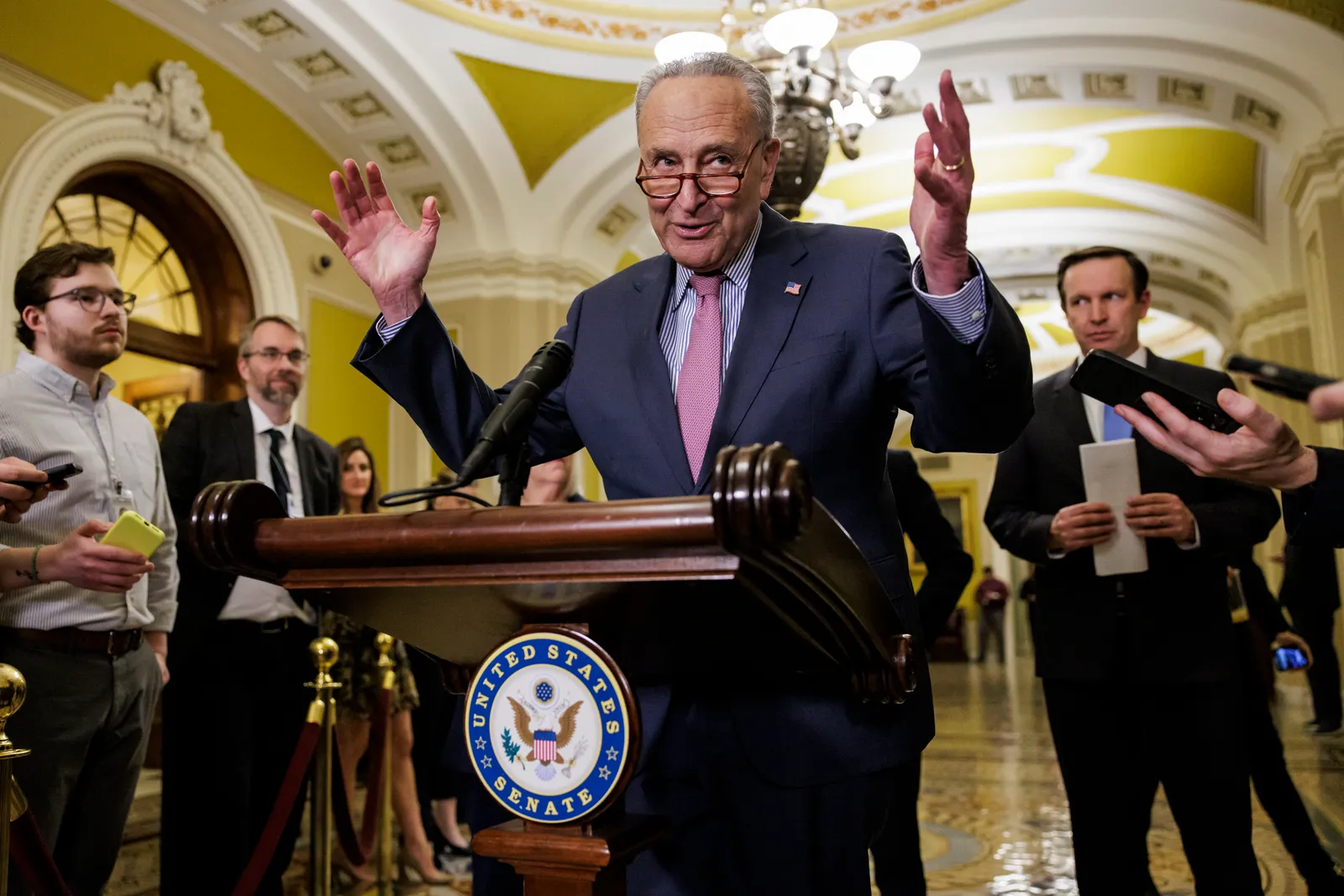
Internal combustion engine bans worry some auto groups
As more automakers transition to manufacturing EVs, states are also making moves to ban gas-powered vehicles.
Last month, the District of Columbia’s Department of Energy and Environment finalized a rule to adopt California’s vehicle emission standards, a law requiring that all new cars sold beginning in 2035 produce zero emissions. The District joins 16 other states, including Virginia and Maryland, in adopting California’s emission standards.
The Environmental Protection Agency also released a proposed rule in April to reduce toxic air emissions from heavy and light-duty vehicles beginning in 2027. Comments on the proposal closed in July, though the rule has yet to be finalized.
Such rules are a concern to industry groups like the American Fuel & Petrochemical Manufacturers. While the industry group supports the adoption of EVs, it worries that bans are too harsh of an action, said Aaron Ringel, VP of government relations at the American Fuel & Petrochemical Manufacturers.
“Bans aren't the way to get there,” Ringel said.
Ringel added that the regulations take aim at the ability for American producers and workers to improve emissions reduction in gas-powered engines.
“That ensures that new vehicles can't be produced in the internal combustion engine category that have better emission standards than the current cars that Americans are driving,” Ringel said.
Ringel noted that the regulations come as EVs remain out of some Americans' budgets. And while EV prices have decreased and sales are at a record high, people are adopting EVs at a slower rate than many in the industry forecasted.
The average transaction price of a non-luxury vehicle was $44,827 as of August 2023, while the average EV price was $53,376, according to Cox Automotive.
American Fuel & Petrochemical Manufacturers hopes 2024 political candidates will discuss internal combustion engine bans and EV mandates.
“It's going to be an election year topic for certain,” Ringel said. “We anticipate candidates and members running for reelection and even the presidential race, this will be a major focus of it.”
The debate over bans is also making its way into Congress. In September, the Republican-controlled U.S. House of Representatives passed the Preserving Choice in Vehicle Purchases Act on party lines, which would prevent California and other states from enforcing the emissions standards laws and banning internal combustion engines. The bill is currently with the Democrat-held Senate.

Chemical makers are adjusting to a more closely regulated sector
Over the past year, the EPA has been releasing new guidelines and regulations to more closely monitor the use of a variety of chemicals.
The federal agency, alongside state and local governments, is taking increasing oversight action when it comes to PFAS. The EPA enacted a final rule in November requiring companies that have had PFAS in their supply chains at any time since Jan. 1, 2011, to submit information that helps the federal agency research, monitor and regulate the toxic substances.
Meanwhile, states like Minnesota and Maine have been enacting laws to ban forever chemicals from products such as cleaners, food packaging and pesticides.
“Candidates should address regulatory overreach, which currently imposes unjustified burdens on the industry without adequately considering safety or environmental advancements,” Robert Helminiak, VP of legal and government relations at the Society of Chemical Manufacturers and Affiliates said in a statement to Manufacturing Dive.
One example Helminiak mentioned is the EPA’s proposed “Safer Communities by Chemical Accident Prevention Rule” as part of its Risk Management Program, a regulation requiring companies that handle hazardous chemicals to submit a plan to prevent accidents at facilities.
The rule, proposed in August 2022, would require chemical companies to evaluate risks of natural hazards and climate change, as well as require facilities with higher accident rates to acquire technologies and alternative analysis such as engineering controls and replacing hazardous chemicals with less toxic substances. It would also require third-party audits of sites with an accident track record.
The EPA estimated it would cost the chemical industry up to $76.7 million over a 10-year period to implement the changes if the rule is finalized.
Helminiak added regulators and lawmakers could recognize specialty chemicals’ manufacturing process and contributions to industries such as healthcare, medical devices, and commercial products as well as advancement in various fields such as farming.
“It is important that regulators and lawmakers understand the distinct role of specialty batch and fine chemicals in the supply chain,” Helminiak said.



